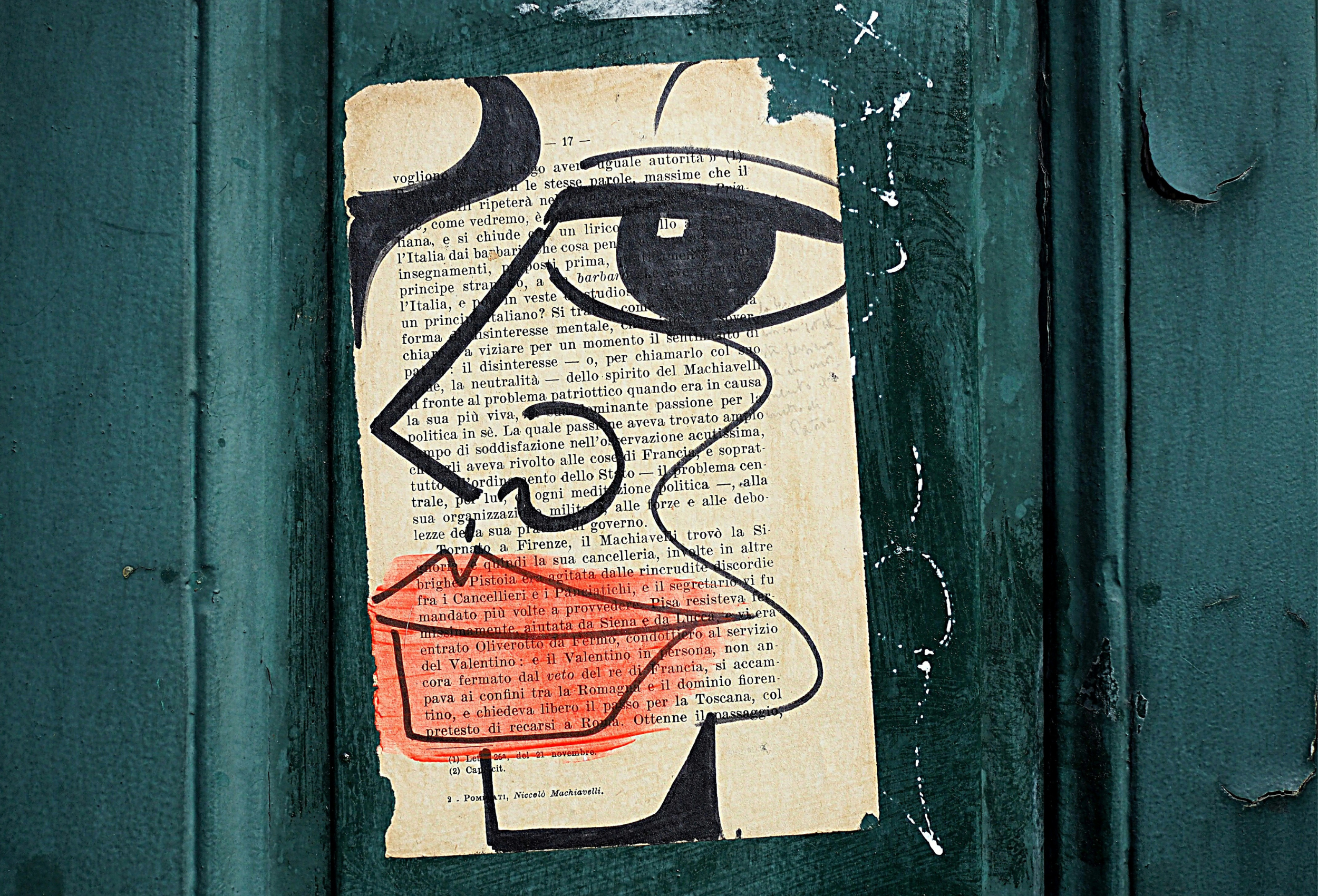Paste-ups, also known as wheatpaste posters, are a bold and expressive form of street art that allow artists to bring detailed, pre-prepared images into the public space with speed and precision. Blending illustration, graphic design, photography, and painting, paste-ups offer a versatile and accessible method for making a visual statement—whether political, poetic, or purely artistic.
Introduction to Paste-Ups
Paste-ups trace their roots back to political propaganda posters and punk flyer culture, but in the realm of street art, they’ve taken on a life of their own. As cities became saturated with graffiti and spray paint, artists began turning to printed or hand-drawn paper artworks that could be glued directly onto walls. This method provided a faster, quieter alternative to painting or stenciling on-site—making it easier to install intricate works in public without attracting too much attention.
Today, paste-ups are found in urban areas around the world, plastered on building facades, construction barriers, electrical boxes, and alley walls. They range from small, intimate sketches to large-scale murals composed of multiple sheets.
Defining the Style
Paste-ups are essentially paper-based artworks affixed to public surfaces using an adhesive—most commonly wheatpaste, a homemade glue made from flour and water. The art itself can be:
- Hand-drawn or painted
- Digitally designed and printed
- Photographic
- Collaged or typographic
- Black and white or vibrant in color
Some paste-ups are meant to be standalone pieces, while others are part of a broader visual campaign, repeated across different neighborhoods or cities. The style is often expressive, detailed, and personal. Because the artwork is created in advance, artists can spend more time developing the image, resulting in complex and refined visuals not easily achievable on the spot.
Paste-ups are also frequently combined with other street art techniques, such as stencils, stickers, or spray paint, to create layered and textured walls rich in meaning and visual depth.
Tools and Materials
Creating and installing paste-ups is relatively simple and low-cost, which is one reason it’s such a popular technique. Artists typically use:
- Paper: Standard printer paper, newsprint, or heavy-duty drawing paper. Some use multiple sheets to form large composite images.
- Adhesive (Wheatpaste): A homemade glue made by boiling flour and water. Some artists use wallpaper paste or commercial adhesives for extra durability.
- Brush or Roller: To apply the paste to the wall and/or the back of the artwork.
- Art Supplies: Markers, pens, paint, or digital software for creating the artwork.
Protective Finish (optional): Some artists add a clear coat to make their paste-ups more weather-resistant.
Paste-Ups in Street Culture
Paste-ups are often used to share messages—political critiques, social commentary, poetry, or symbolic imagery. Because they can be easily mass-produced and installed quickly, they are ideal for activist artists who want to spread a message widely without the need for direct confrontation.
Prominent paste-up artists include Swoon, known for her large, emotionally rich portraits, and JR, a French artist who installs massive black-and-white photographic portraits in cities around the world, turning everyday faces into public monuments.
Conclusion
Paste-ups are where craft, communication, and urban rebellion meet. With nothing more than paper, glue, and imagination, artists transform blank city walls into public galleries. Whether it’s a poetic line, a hand-drawn face, or a satirical poster, paste-ups give voice to ideas that might otherwise be ignored—leaving a powerful, if impermanent, mark on the urban landscape.
